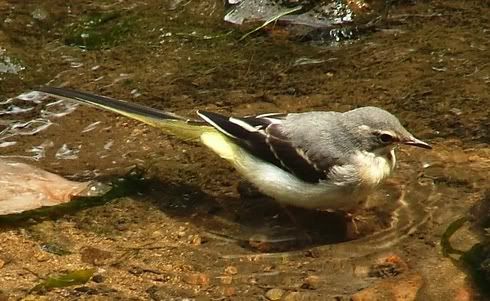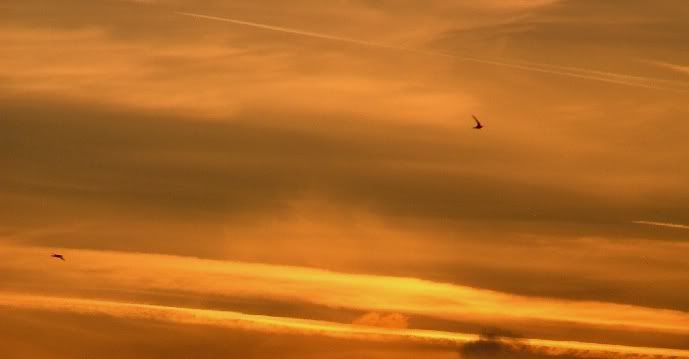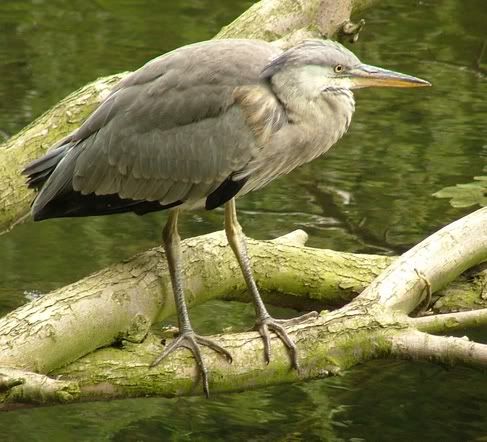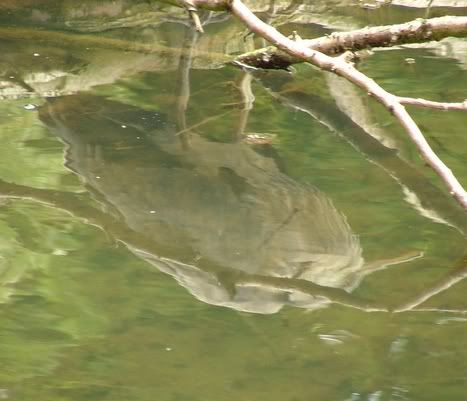Generally I use a
FujiFilm Finepix S5000, the important specs of which are 10x optical zoom and 6-megapixel image quality. Those are about as large as you'll get for an automatic digital camera short of much more expensive digital-SLRs (those with interchangeable lens and full manual controls). I bought mine over a year ago second hand from a guy I knew, at the time the only way I could have afforded it, nowadays similar cameras seem to be selling for around the £300 mark.
Importantly it has almost full manual features with aperture and shutterspeed priorities as well a few other options, from video capture and black and white settings. For the most part it's still an automatic focus camera and this can be a drawback when you're trying to photograph birds, particularly when foliage is involved. Unfortunately that's something you just have to learn to live with unless you're willing to shell out upward of £600 for a digital-SLR, though there are little tricks you can learn to try and cope with automatic focus.

For presentation on the internet I generally reduce the size of my pictures, this increases their sharpness and just makes for a better looking picture. That's not necessary for printing when usually the size you print at will give a decent quality result from the picture.

Macro lens is a superb feature that's pretty standard for most digital cameras these days, basically it lets you take super close-ups, very handy for pictures of flowers, insects and so forth.


When snapping birds I almost always choose to set my aperture as wide as possible, normally F 2.8 to F 4.0. This means the subject you focus on will be sharp but the background and foreground will soon blur, it really helps to draw the subject of the shot out, in this case a Robin. Also such a wide aperture will give a quick shutterspeed that in cases of dimmer light can really help prevent potential camera shake.

At longer range, over 50 yards in this Stonechat picture, 10x magnification just isn't enough for a normal portrait of the bird so you have to be creative and instead compose the shot to photograph the bird in its setting instead.
Prior to the S5000, I used
FujiFilm's Finepix 2800, only 6x optical lens, 2.1-megapixel and very few manual controls beyond flash and macro lens, it's little more than an automatic camera with a big lens, rather affordable though. Still with a little practice and luck some acceptable shots still came…



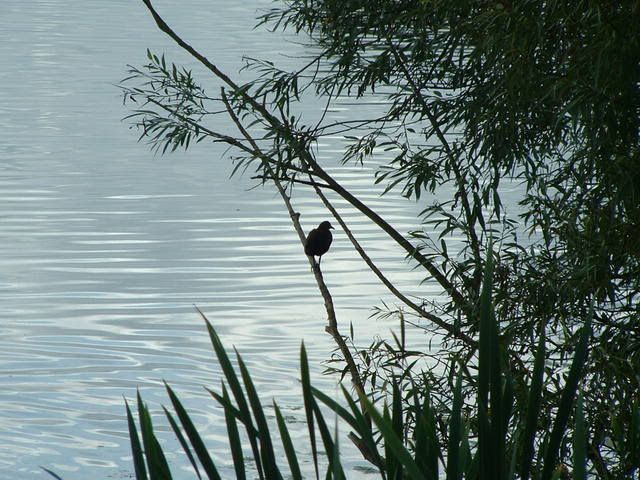
These were all about opportunity taken with what by today's standards are fairly low-range cameras. If you just get out there with a digital camera that lets you take 200 shots or more in an afternoon, sooner or later you'll be wowing yourself.
That's all, a very brief summary, and I'm by no means a professional or an expert, this is just amateur experience talking, but I hope it helps.
 Collared Dove
Collared Dove It seems to me that foreplay for Collared Doves is arguably the easiest in the known animal kingdom. The sweet spot, that which, ahem gets her going, is very practically marked out, how convenient for the males!
It seems to me that foreplay for Collared Doves is arguably the easiest in the known animal kingdom. The sweet spot, that which, ahem gets her going, is very practically marked out, how convenient for the males! Oh, go on then...
Oh, go on then...


 On the big list of British mammals you only ever see when they're dead, you can add the Common Shrew. Poor guys, they live only a matter of months, must eat their own weight in small insects everyday and are lucky to raise one family, that's the life of a beetle, not a furred creature.
On the big list of British mammals you only ever see when they're dead, you can add the Common Shrew. Poor guys, they live only a matter of months, must eat their own weight in small insects everyday and are lucky to raise one family, that's the life of a beetle, not a furred creature.
